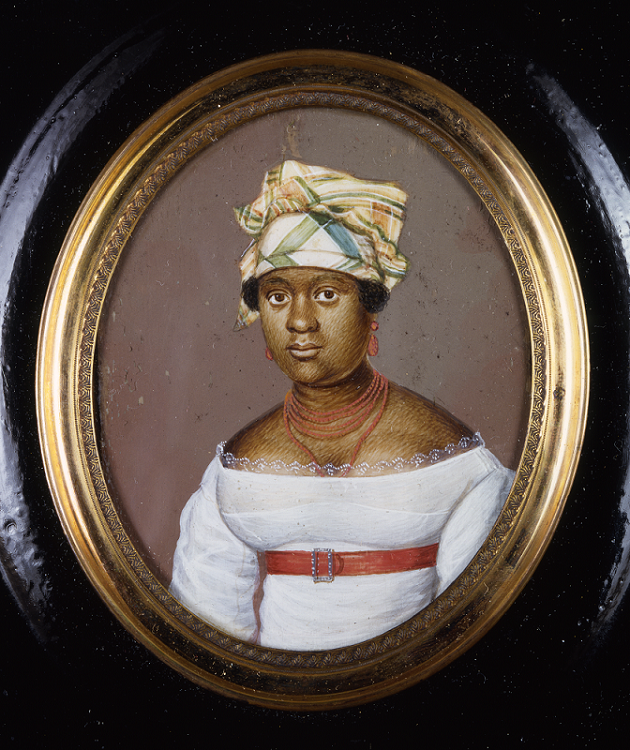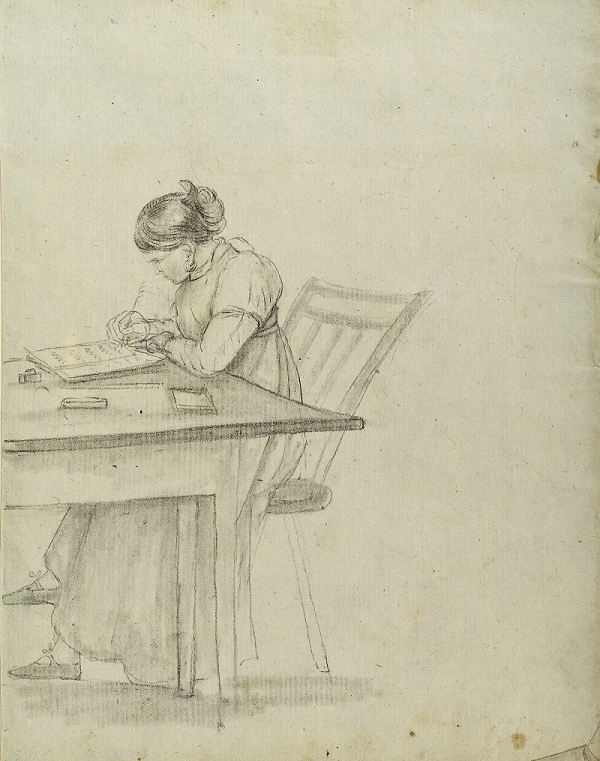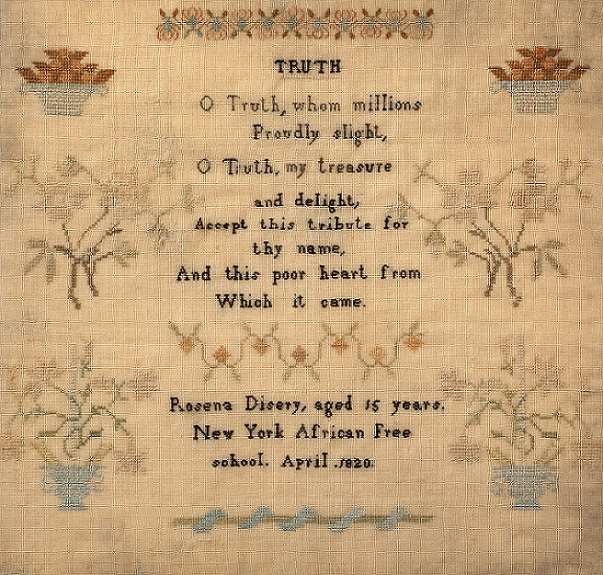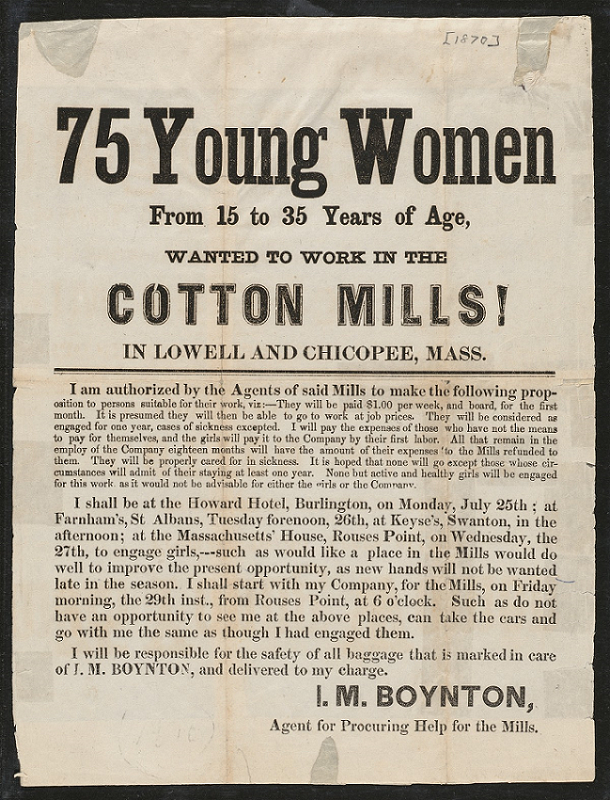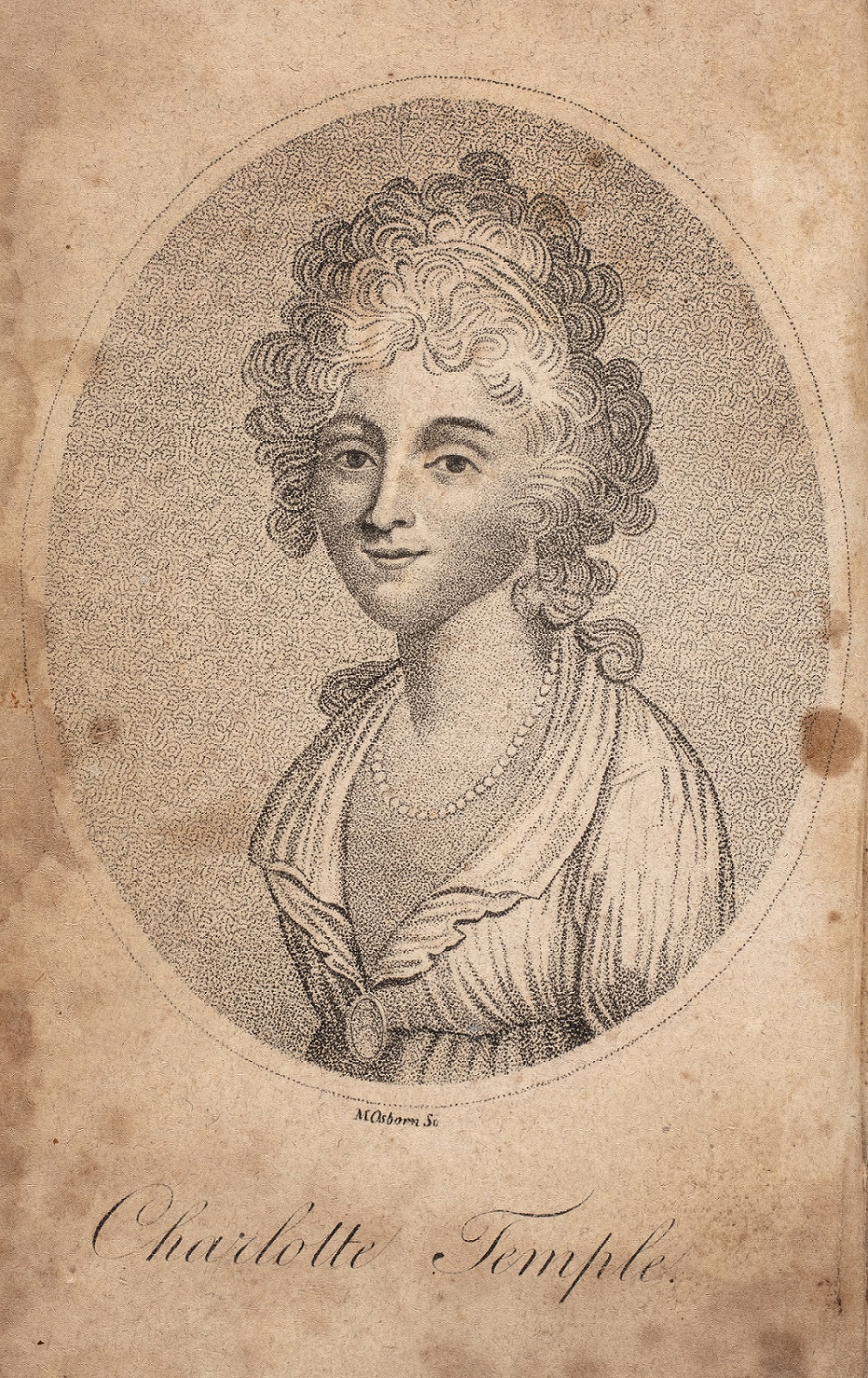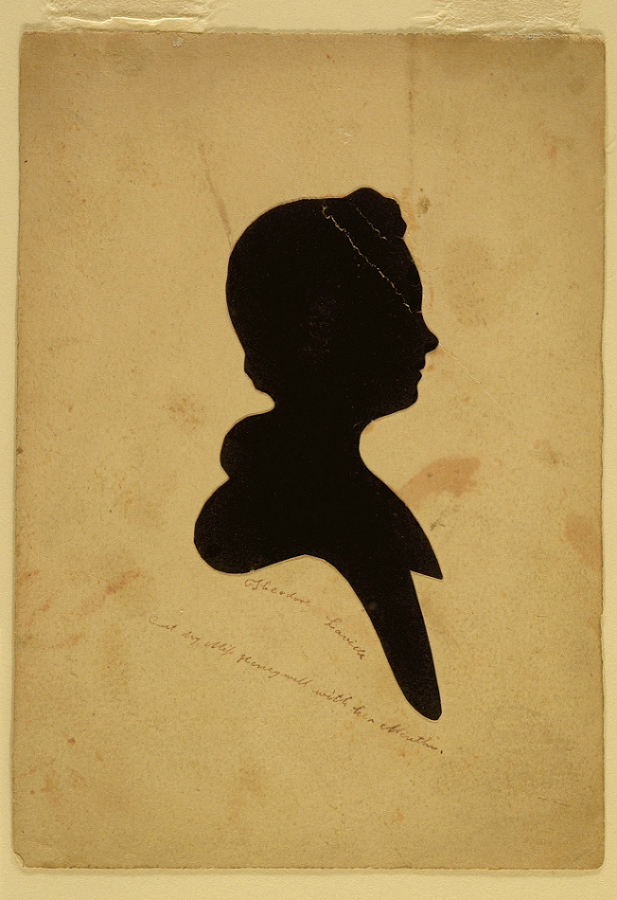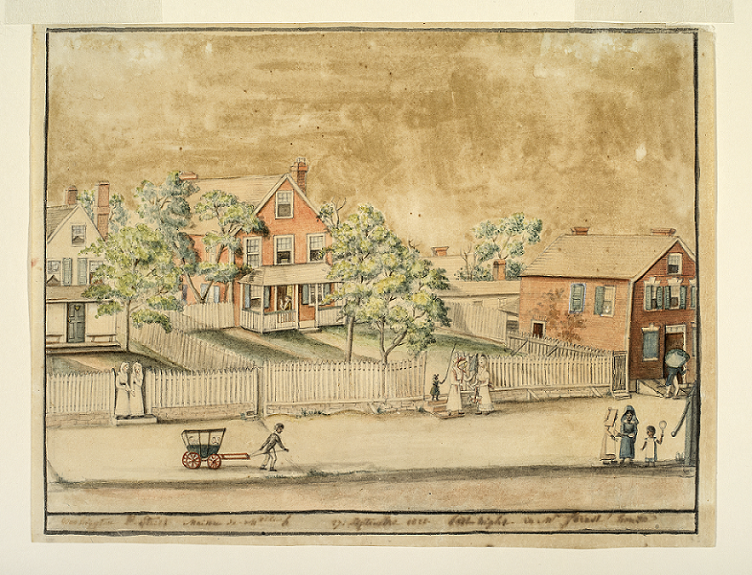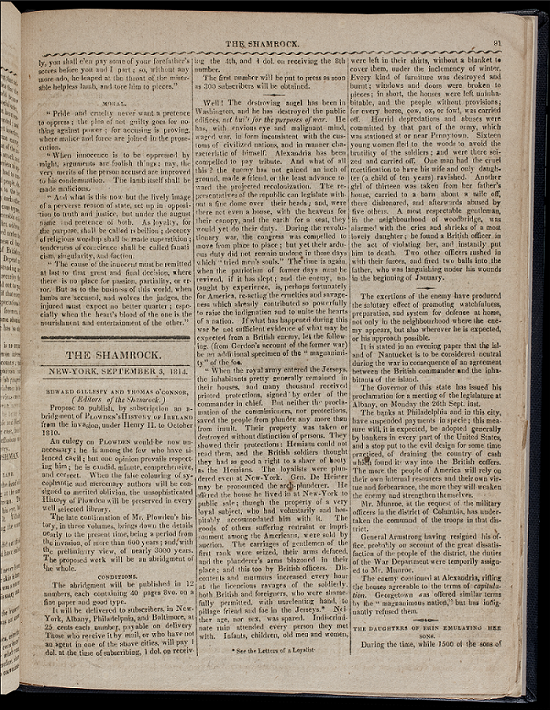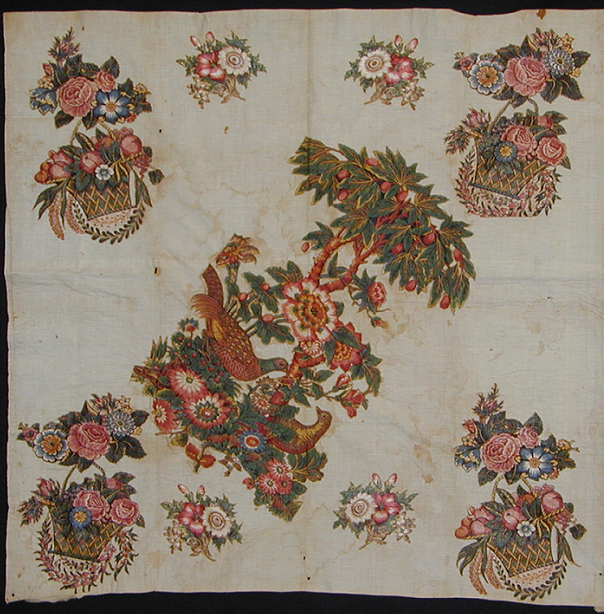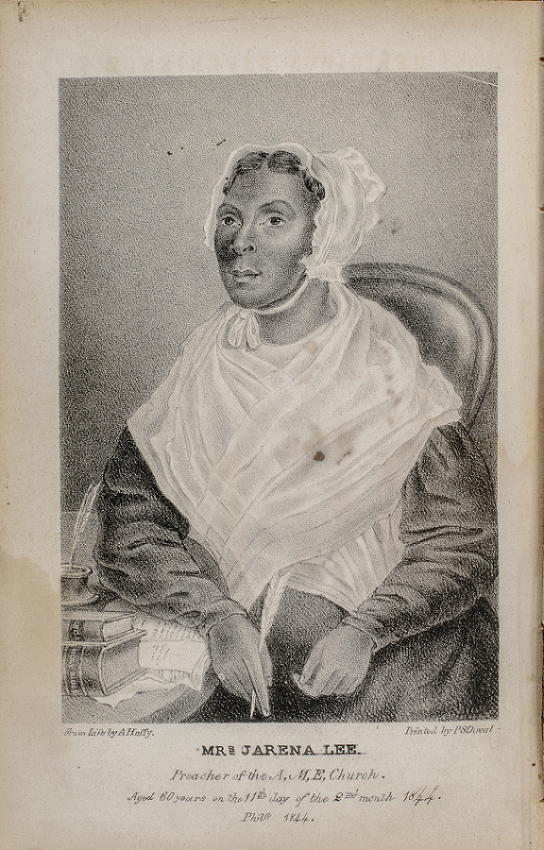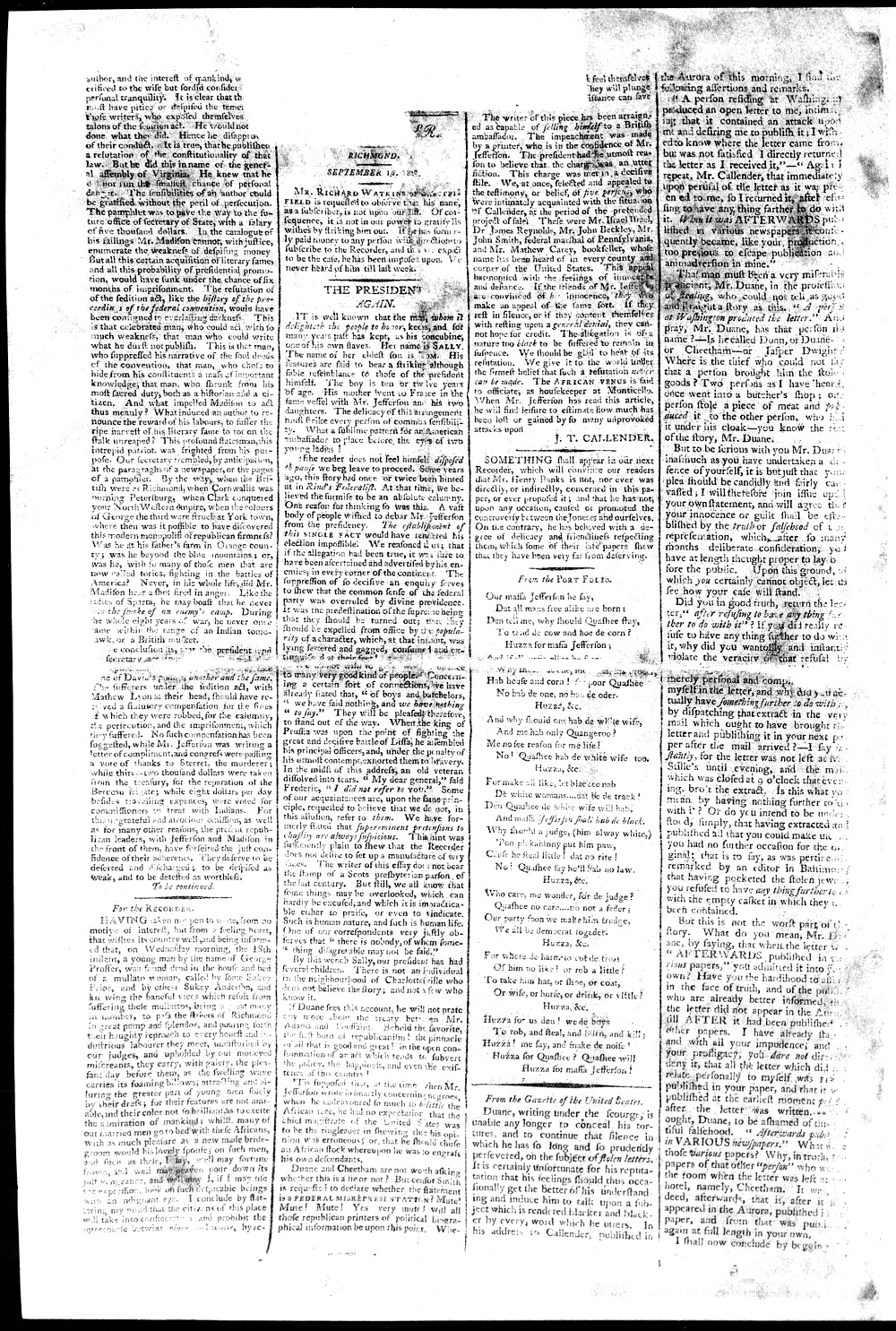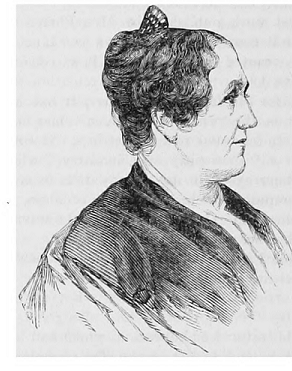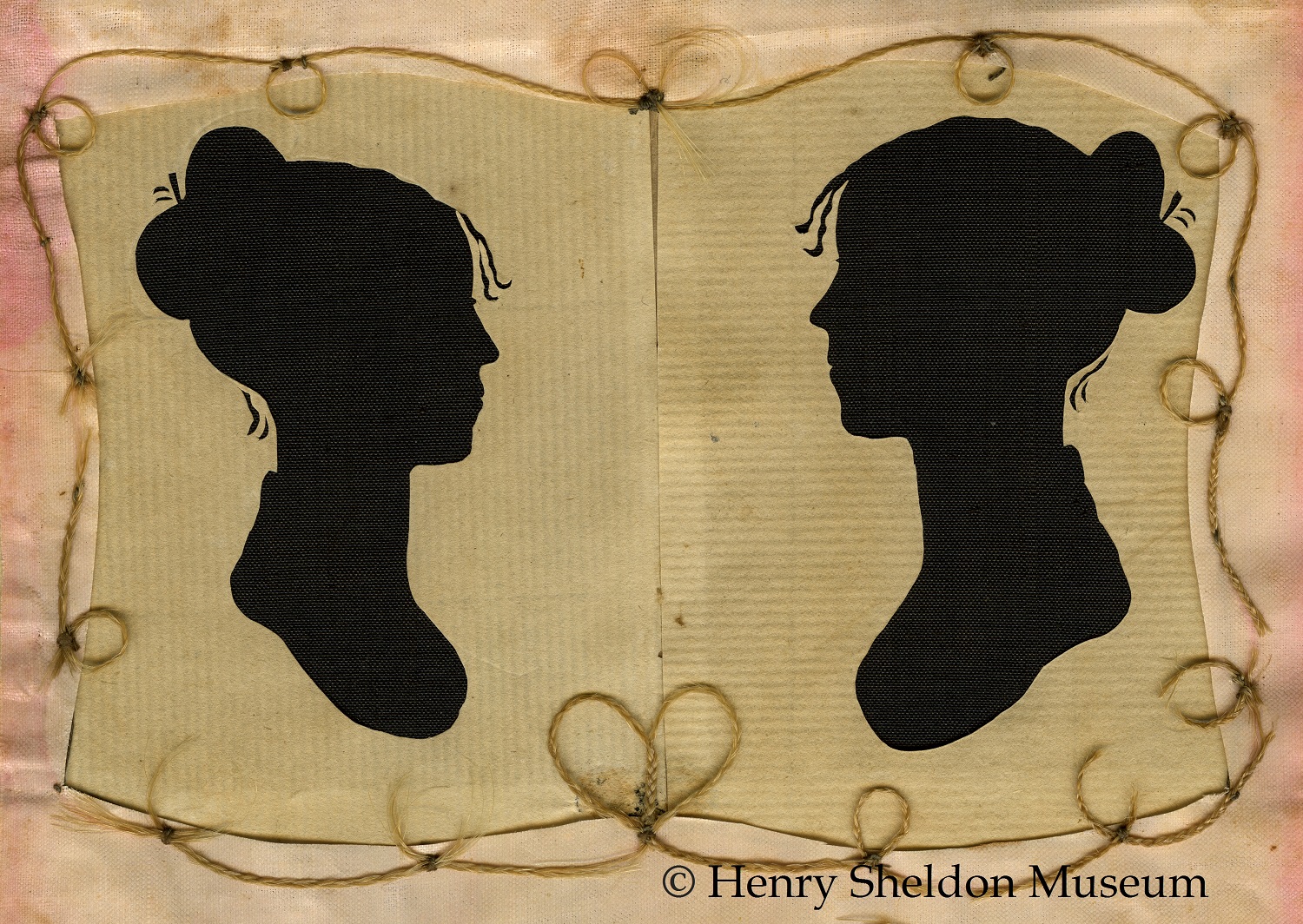Key Ideas
- Women helped shape and define the culture of the new United States of America in a variety of ways.
- In the Federal period, women had influence inside and outside the household.
- The culture that emerged in the Federal period continues to reverberate in the present-day United States.
Introduction

Anthony Meucci (artist), Euphemia Toussaint (1815-1829), ca. 1825. New-York Historical Society, Gift of Miss Georgina Schuyler.
“American” Woman
In the early years of the Federal period, the people of the new United States of America were challenged with not only forming a new nation but also defining what it meant to be an “American.” The citizens of the new nation were eager to demonstrate how they were fundamentally different from the European countries that used to claim their land. Women were critical to this work in a variety of ways.
Some of the cultural contributions of women originated in the home, where women were expected to focus their efforts. Portraits of the period capture how women combined different cultural influences to create new American fashions. The nation’s first cookbook demonstrates how American housewives combined old-world techniques with new-world ingredients to create something truly unique. In their role as the primary buyers and makers of their households, women supported important economic initiatives, making them a part of American culture. Women also pushed the boundaries of what a typical American household looked like, laying the groundwork for future cultural evolutions.
But necessity or desire took many women outside the home, and these women also made significant contributions to the new nation’s culture. Women created new opportunities for women and girls to get educations equal to those given to men, and some women emerged as leaders in their fields. These educational models were brought to communities of color by white women teachers in an attempt to force their assimilation into American culture. Of course, most women in the United States could not afford the time or money necessary for advanced education. But they found other ways to shape American culture. Women cared for their communities and made uniquely American art. Early immigrant women paved the way for future immigrants to preserve their culture while also proving their loyalty to their new nation. Mill girls embraced the opportunity to work and live outside the family home, creating a new independent type of womanhood. Women were also instrumental in the success of the Second Great Awakening, which set the spiritual foundation for the new nation.
The Federal period was also a critical time for the formation of the new nation’s sexual norms. By adjudicating sexual crimes and crafting laws that governed women’s reproduction, leading men set new social standards that continue to shape women’s experiences today.
By the 1820s, foreign visitors to the United States were sending back detailed accounts of life in the newly formed country. The readers of these letters could see that much had changed in the first 50 years of the country’s independence.
Section Essential Questions
- Why did the early United States need to define a national culture?
- How did women contribute to the formation of a uniquely U.S. culture?
- What parts of early American identity are still present in U.S. culture today?




